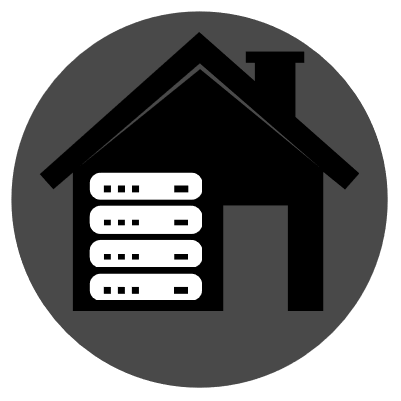
So I actually just joined this community a few days ago to get some ideas. I live in a very old home, about 140-150 years old. It’s been a really great house, but it has its quarks.
I initially came here to get some ideas for home improvements. So I guess I’ll just ask. What are some extremely easy upgrades that you recommend someone with an old house make? They can be a little expensive, it doesn’t matter.


AI for form processing and/or paperwork would be great if done right.
Immagine you submit an application and either it’s verified almost immediately, or is elevated to a real person because there’s an issue. Could be awesome.